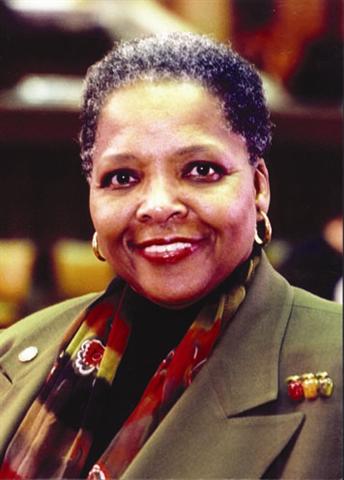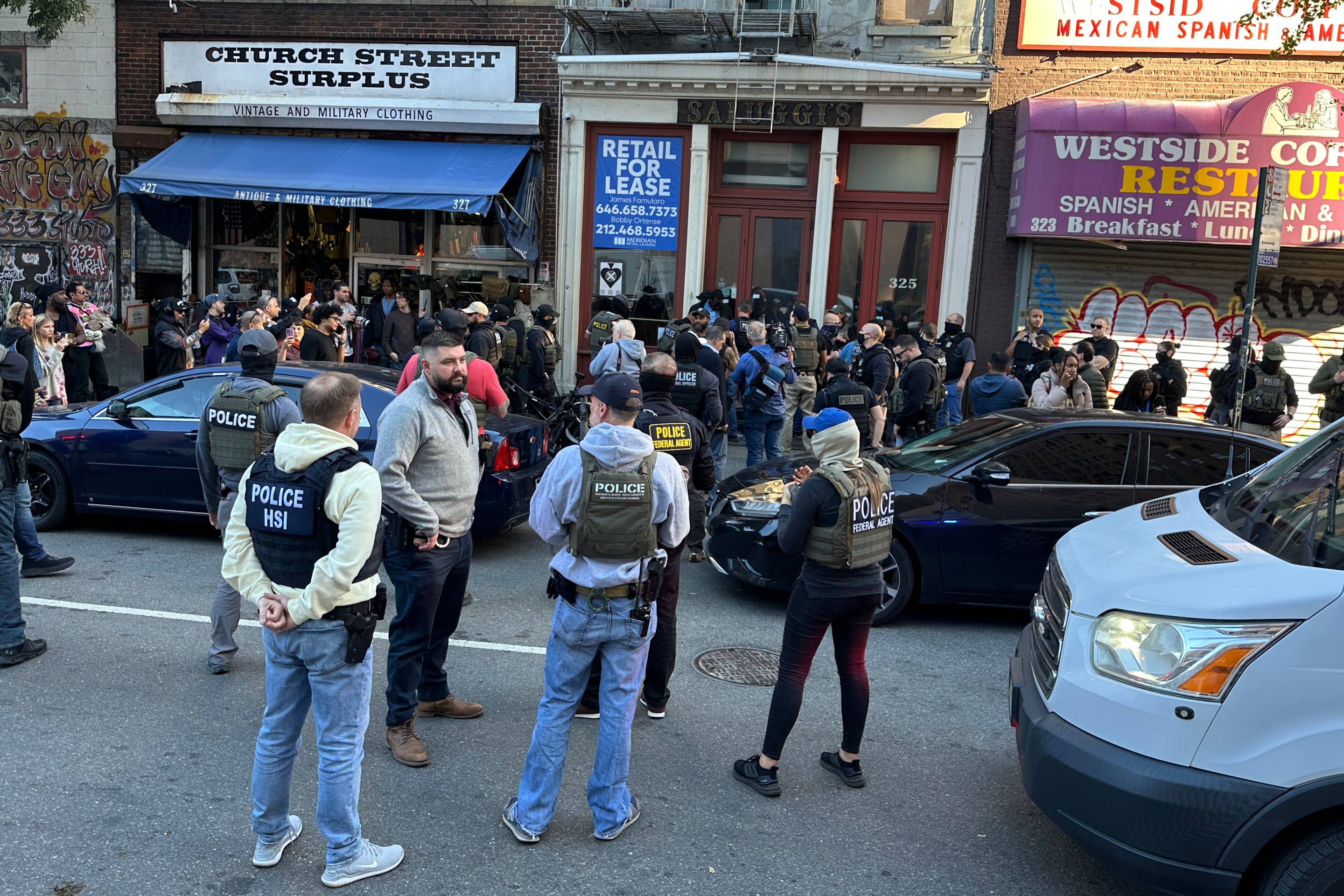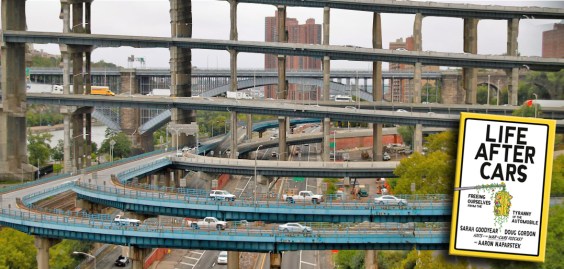After a fatal crash in her district, a state representative from Queens is again calling on Albany to double fines for speeding, but with NYPD issuing few tickets, lax traffic enforcement continues to be the biggest obstacle to safer streets.
Barbara Clark, State Assembly Member from Queens Village, introduced a bill in May that would double speeding fines for violations that occur in "residential neighborhoods." Clark spoke up for the bill most recently after a November crash that killed a motorist in Cambria Heights.
Clark told the Times Ledger that she introduced the bill after efforts to boost enforcement and the installation of speed humps failed to slow traffic.
"Not only have I pressed each and every commander of the three police precincts that cover the 33rd Assembly District for increased enforcement, but I have also again and again requested each and every commissioner of the Department of Transportation to install speed reducers at countless locations throughout the district," Clark said.
"And while these efforts have led to both temporary periods of increased enforcement and the limited installation of speed bumps, an overarching solution has been hampered by institutional constraints," she continued. "On the one hand, a sustained enforcement program has fallen prey to a police department lacking the personnel to consistently assign officers to it. On the other hand, the widespread installation of speed reducers has been prevented by a Department of Transportation restricted by its own rules and regulations as to where they can be placed."
While NYC DOT has in recent years made great strides in engineering for street safety, traffic enforcement continues to be a low priority for NYPD. The 33rd Assembly District is policed by the 103rd, 105th and 113th Precincts. Those three precincts combined issued just 523 speeding tickets in all of 2011, according to NYPD data. With 346 speeding citations logged as of October, the precincts were on track to issue a total of 415 summonses in 2012.
Increasing fines may discourage speeding to some extent, says Juan Martinez of Transportation Alternatives, but a robust automated enforcement program would be more effective.
"A typical speeding ticket is between 100 and 300 bucks," says Martinez. "Especially once you add in a state surcharge, it's a hefty sum. And then to double that, that's a deterrent."
Though the speed camera program proposed for New York City would levy lower fines -- $50 to $100 per violation -- and would not attach points to drivers licenses, Martinez says the increased likelihood of receiving a ticket is key to altering behavior. "The real deterrent would be automatic enforcement," says Martinez, "or at least more pervasive enforcement."
Despite bipartisan support, lawmakers kept legislation for a speed camera pilot program from reaching the governor’s desk again this year. The 2012 session marked the first time such a bill was introduced in the Senate, but Assembly members failed to overcome opposition from upstate obstructionist David Gantt, who chairs the Assembly transportation committee.
Clark is not a co-sponsor of speed camera legislation, but signaled support for both speed cameras and red light cameras in her responses to a recent survey conducted by the Tri-State Transportation Campaign.
"She absolutely does consider speed cameras to be a potential solution to deter speeding in her district," a Clark staffer told Streetsblog.
Speed cameras reduce the number of drivers speeding by 10 or more mph by up to 88 percent, according to the Insurance Institute for Highway Safety. They offer a cost-effective means of enforcing the law, and allow police departments to direct resources to other crimes. Speed cameras have been endorsed by NYPD, NYC DOT, and the Department of Health.
Nearly 40 percent of city drivers observed for a 2009 TA study were speeding, school zones and heavy pedestrian traffic notwithstanding. A 2007 report found that a city driver could speed every day and expect to receive a ticket once every 35 years.
A pedestrian hit by a driver obeying the city’s 30 mph speed limit has about a 45 percent chance of dying; at 40 mph the probability of death jumps to between 70 and 85 percent. High-speed collisions are of course a danger to motorists and passengers as well: 103 vehicle occupants died in crashes in the five boroughs in 2011, and 55,280 were injured.






